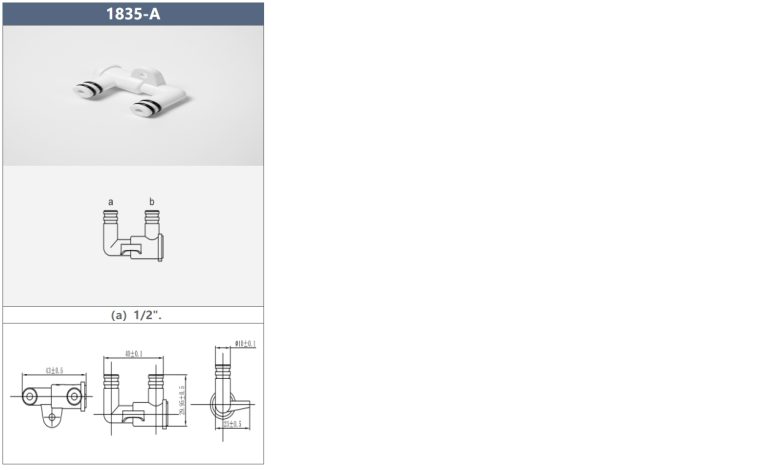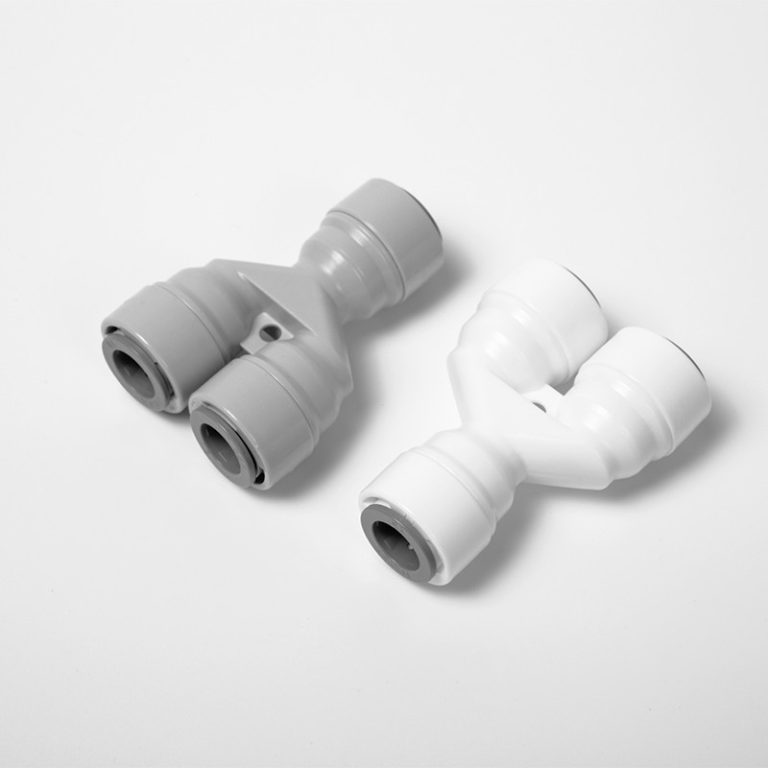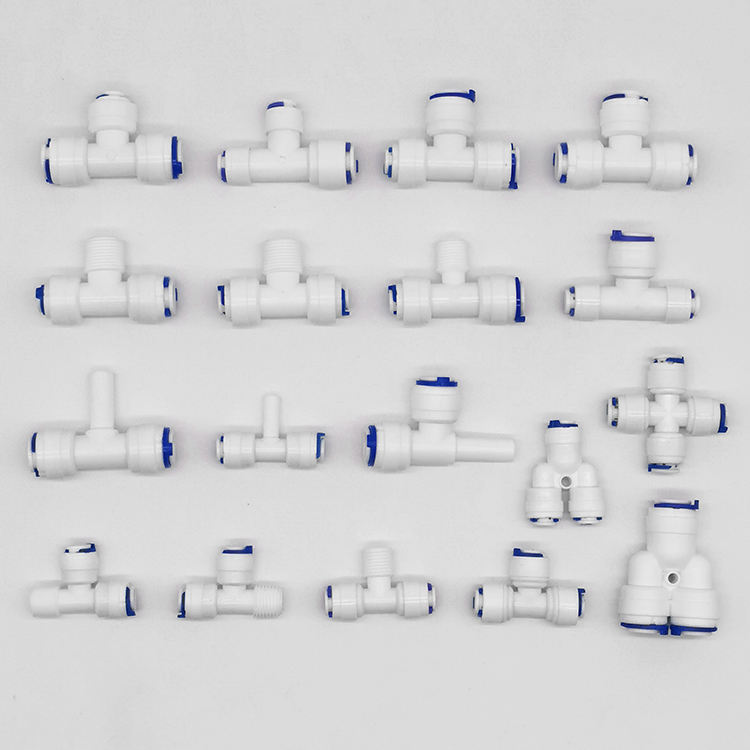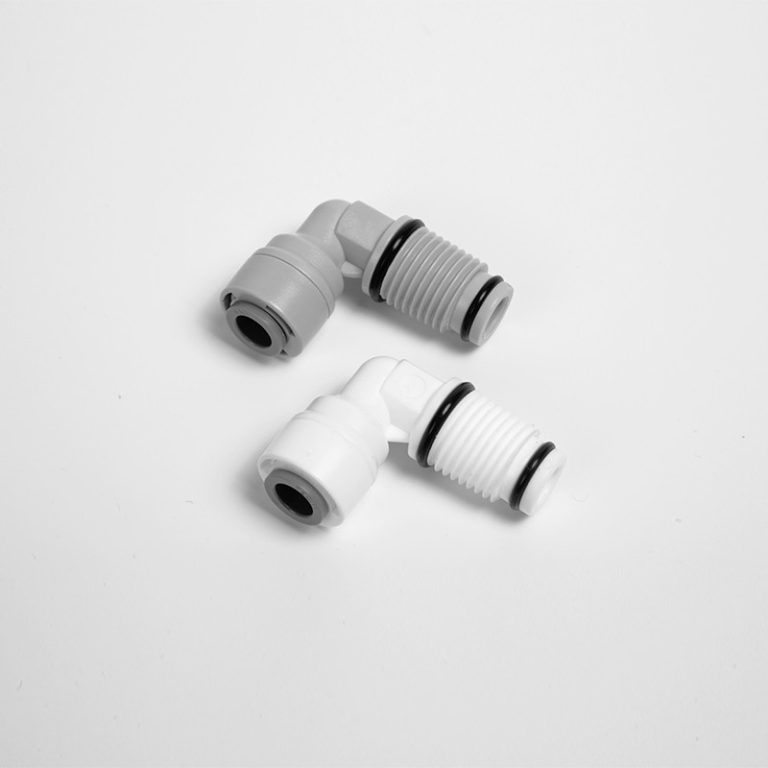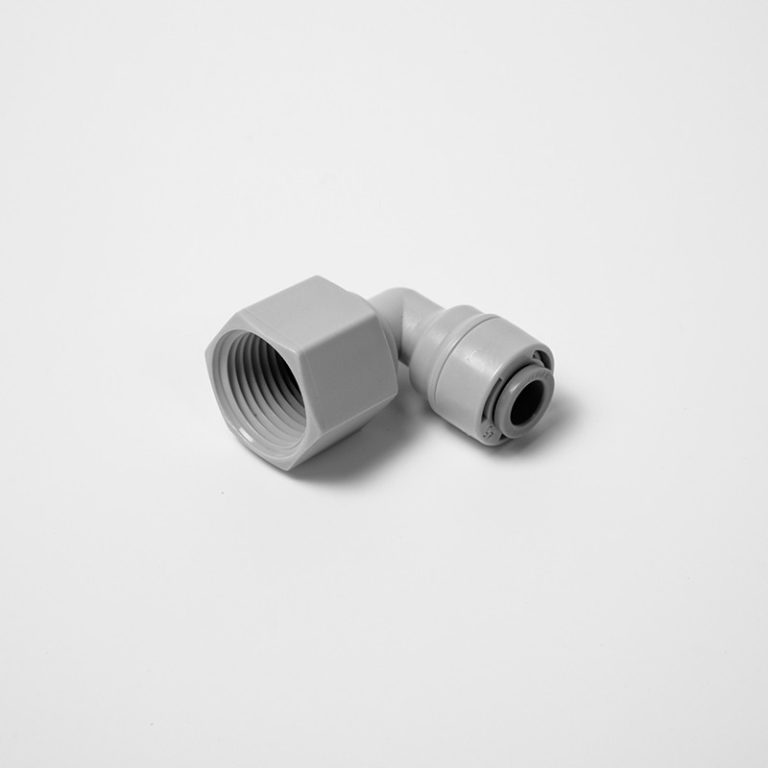Table of Contents
Pros and Cons of Plastic Plumbing in Residential Buildings
Plastic plumbing has become increasingly popular in residential buildings due to its affordability, ease of installation, and resistance to corrosion. However, like any building material, plastic plumbing has its pros and cons that homeowners should consider before making a decision.
One of the main advantages of plastic plumbing is its cost-effectiveness. Compared to traditional materials like copper or steel, plastic pipes are much cheaper to purchase and install. This can result in significant cost savings for homeowners, especially for larger plumbing projects. Additionally, plastic pipes are lightweight and flexible, making them easier to work with and reducing the labor costs associated with installation.
Another benefit of plastic plumbing is its resistance to corrosion. Unlike metal pipes, plastic pipes do not rust or corrode over time, which can extend their lifespan and reduce the need for costly repairs or replacements. This can be particularly advantageous in areas with hard water or high levels of acidity, where metal pipes may deteriorate more quickly.
Plastic plumbing is also known for its durability and longevity. Most plastic pipes are designed to last for decades without the need for maintenance, making them a reliable choice for residential plumbing systems. Additionally, plastic pipes are less likely to develop leaks or cracks, which can help prevent water damage and mold growth in the home.
In terms of installation, plastic plumbing offers a number of advantages over traditional materials. Plastic pipes are lightweight and easy to maneuver, making them ideal for tight spaces or hard-to-reach areas. They can also be easily cut and joined using simple tools, reducing the time and effort required for installation. This can be especially beneficial for DIY homeowners who want to tackle plumbing projects on their own.
Despite its many advantages, plastic plumbing does have some drawbacks that homeowners should be aware of. One of the main concerns with plastic pipes is their susceptibility to heat and UV exposure. Over time, plastic pipes can become brittle and prone to cracking if exposed to high temperatures or direct sunlight. This can be a particular issue in outdoor plumbing systems or areas with extreme weather conditions.
Another potential downside of plastic plumbing is its limited compatibility with certain chemicals and solvents. Some types of plastic pipes may react negatively to certain substances, leading to degradation or failure over time. Homeowners should be cautious when using harsh chemicals or cleaners in their plumbing system to avoid damaging the pipes.
In conclusion, plastic plumbing offers a number of benefits for residential buildings, including cost-effectiveness, corrosion resistance, and ease of installation. However, homeowners should also be aware of the potential drawbacks, such as susceptibility to heat and UV exposure, and limited compatibility with certain chemicals. By weighing the pros and cons of plastic plumbing, homeowners can make an informed decision about whether it is the right choice for their plumbing needs.
Environmental Impact of Plastic Plumbing Systems
Plastic plumbing systems have become increasingly popular in recent years due to their affordability, ease of installation, and durability. However, there has been growing concern about the environmental impact of using plastic pipes and fittings in plumbing systems.
One of the main issues with plastic plumbing is the production process. The manufacturing of plastic pipes and fittings requires the use of fossil fuels, which are non-renewable resources. This contributes to carbon emissions and exacerbates climate change. Additionally, the production of plastic plumbing materials can release harmful chemicals into the environment, further damaging ecosystems and human health.
Another environmental concern with plastic plumbing systems is their disposal. When plastic pipes and fittings reach the end of their lifespan, they are often discarded in landfills where they can take hundreds of years to decompose. This not only contributes to the growing problem of plastic pollution but also poses a threat to wildlife and marine life.
| Model | Tube(a) | Stem(b) |
|---|---|---|
| 1801-A | 1/4 | 1/4 |
| 1801-C | 1/4 | 3/10 |
Despite these environmental concerns, there are some benefits to using plastic plumbing systems. Plastic pipes and fittings are lightweight and flexible, making them easier to transport and install compared to traditional metal pipes. This can result in lower transportation costs and reduced energy consumption during installation.
Additionally, plastic plumbing systems are resistant to corrosion and chemical reactions, which can prolong their lifespan and reduce the need for frequent replacements. This can help conserve resources and reduce waste in the long run.
To mitigate the environmental impact of plastic plumbing systems, there are several steps that can be taken. One option is to choose plastic pipes and fittings that are made from recycled materials. This can help reduce the demand for new plastic production and decrease the amount of waste that ends up in landfills.
Another option is to properly dispose of plastic plumbing materials at the end of their lifespan. Recycling programs for plastic pipes and fittings are becoming more common, allowing for the materials to be repurposed into new products rather than being discarded in landfills.
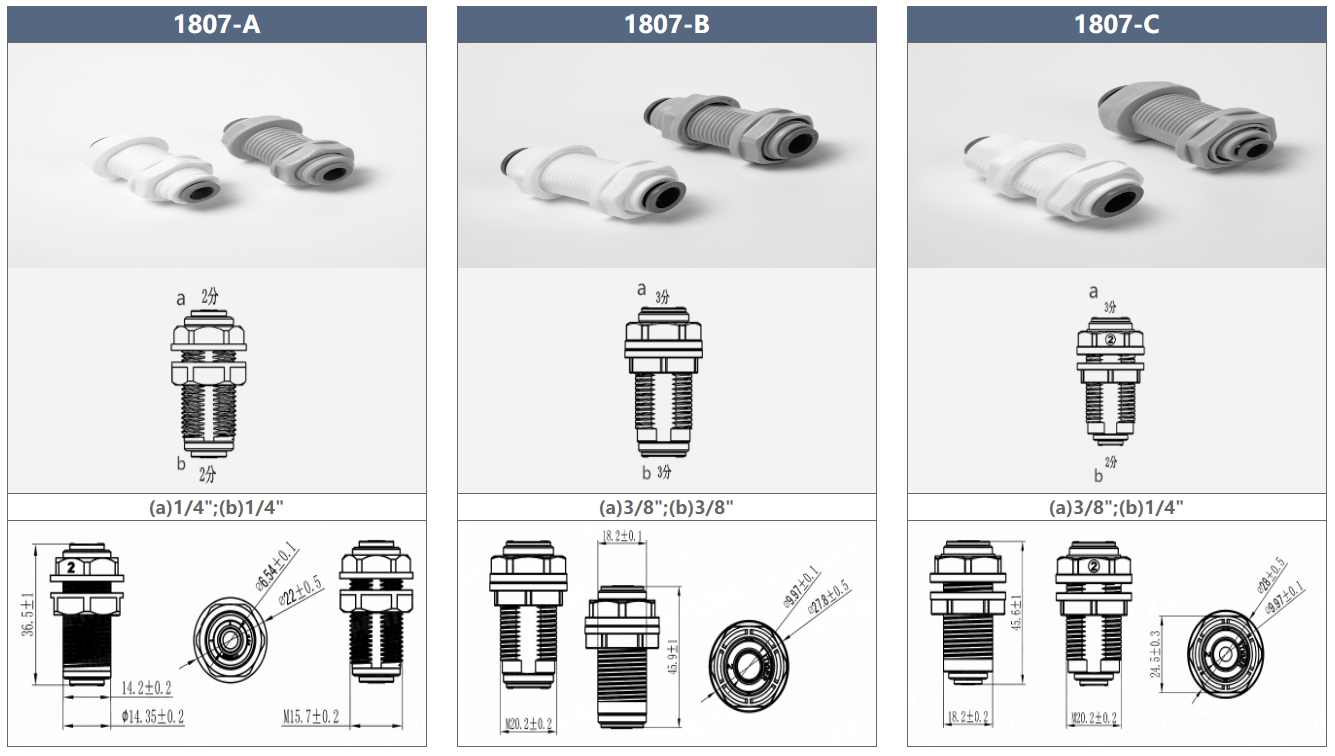
Furthermore, it is important to consider the overall lifecycle of plastic plumbing systems when making purchasing decisions. This includes evaluating the energy and resources required for production, transportation, installation, and disposal of the materials.

In conclusion, while plastic plumbing systems offer many benefits in terms of affordability and durability, it is important to consider their environmental impact. By choosing recycled materials, properly disposing of old plumbing materials, and considering the lifecycle of plastic plumbing systems, it is possible to minimize the negative effects on the environment. Ultimately, it is up to consumers and industry professionals to make informed choices that prioritize sustainability and conservation of resources.
| Model | Tube(a) | Stem(b) |
|---|---|---|
| 1801-A | 1/4 | 1/4 |
| 1801-C | 1/4 | 3/8 |

